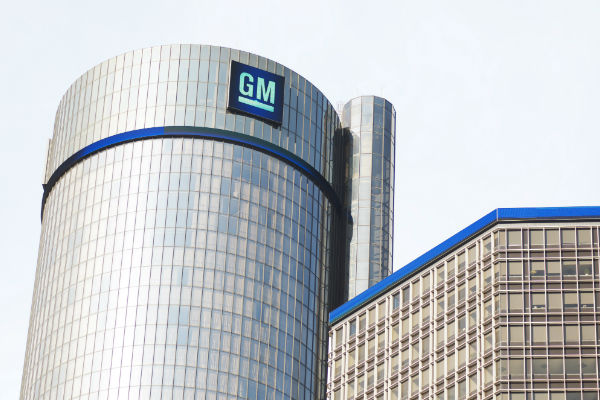US$1 billion lost in strike

DETROIT (Bloomberg) — Talks to end a three-week strike at General Motors (GM) stalled Sunday over an impasse on investment in U.S. factories, slowing progress made in recent days on other key issues.
In a letter to members, United Auto Workers (UAW) vice president Terry Dittes said the union made an offer to GM on Saturday evening. The company’s response Sunday morning didn’t address some issues, especially job security, and, he wrote, “negotiations have taken a turn for the worse.”
“They reverted back to their last rejected proposal and made little change,” Dittes wrote about GM. “It did nothing to provide job security during the term of this agreement.”
A spokesman for the Detroit-based automaker said GM is continuing to negotiate in good faith. The company is “committed to continuing discussions around the clock to reach a resolution,” the spokesman said in an email.
In a sign of how tense the talks have gotten on Sunday, Dittes sent a letter to Scott Sandefur, vice president of labour relations for GM North America, to scold him for a lack of response to the union’s offer.
In a letter, he criticized Sandefur for not having the “professional courtesy to explain why you could not accept or why you rejected our package proposal for each item we addressed.”
“We expect the company to respond and discuss the package proposal we presented yesterday,” he wrote.
The strike that started Sept. 16 has cut GM production by more than 8,000 vehicles a day, according to calculations by analysts at Credit Suisse and IHS Markit. The cost to the automaker has exceeded US$1 billion, with GM losing about US$82 million of potential profit in North America every day of the strike, JPMorgan analyst Ryan Brinkman wrote last week.
In the past week, the two sides have agreed on health care, which will remain mostly untouched from the current plan, people familiar with the matter said on Saturday. They’ve also agreed on one of the biggest outstanding issues: how to give temporary workers a path to full-time employment, the people said.
Progress toward a deal broke down over investment in U.S. plants. GM has offered to build its electric trucks in a plant that straddles the line between Detroit and the town of Hamtramck, which is scheduled to be idle in January when the sedans it builds go away. But there is no promise for the idle compact car plant in Lordstown, Ohio. GM also has underused plants in Orion and Lansing, Michigan, and another in Kansas City, Kansas.
The UAW wants GM to allocate new work for those factories, even if it means bringing back the assembly of the Chevrolet Equinox and Blazer and GMC Terrain sport utility vehicles from a plant in Mexico, one of the people said.
The pressure for a deal has been increasing, on all sides, and the issues are complex. They include corruption investigations of union leaders; the shift from traditional engines to electric powertrains; and the possibility that the economy could flip into recession with damage of a longer strike at a company like GM.
The fight won’t be over once an agreement is reached: the deal must be ratified by all members. After four years of record profits for the company, workers want a share of the spoils, said Kristin Dziczek, vice president of the labour and economics group and the Center for Automotive Research. “They will have to sell it,” she said.
If a tentative deal is signed, union workers may stay on strike until they vote to ratify the four-year deal. UAW local leaders nationwide will convene in Detroit to decide whether to remain out of work until that ratification vote is completed.
GM and the UAW continue to debate over a boost to retirement accounts for older workers with pensions and newer hires with 401(k) plans. Another outstanding issue is pay progression for temporary workers.
The people didn’t say how much of a raise workers will get. GM originally wanted to give workers two per cent raises in two of the contract’s four years, interspersed with two per cent lump sum payments in the other two years. UAW leaders want four per cent raises in two years and 4 per cent lump sums.
For temporary workers, negotiators have discussed a path to full-time employment after three years. The two sides debated whether a temp who was laid off could claim the accumulated time once called back, one of the people said. The union also wants more vacation time and better health care for temps.




